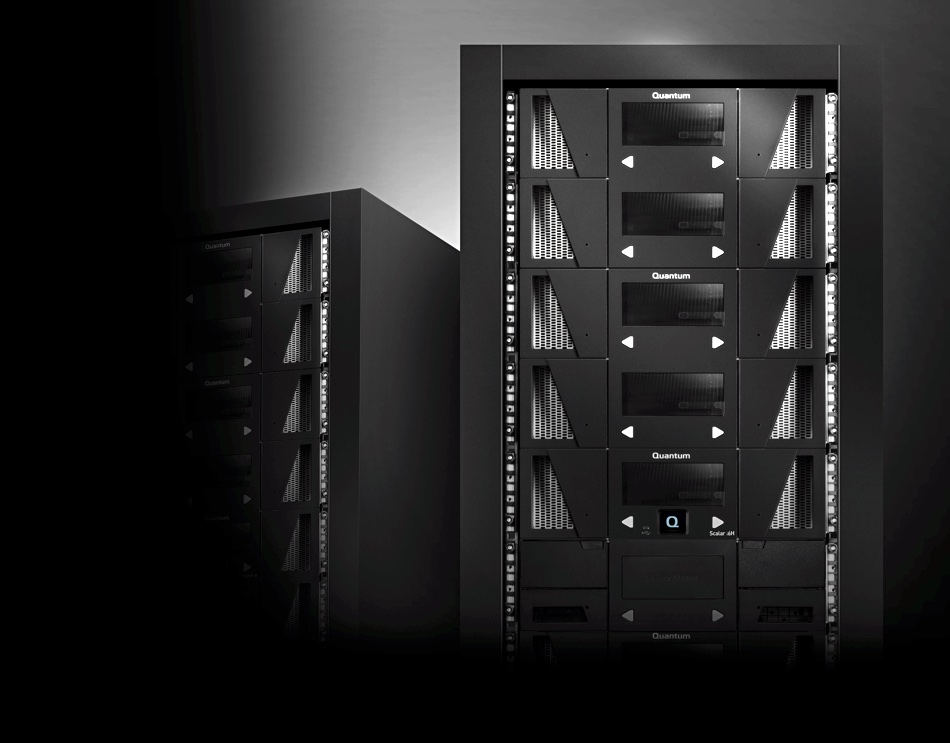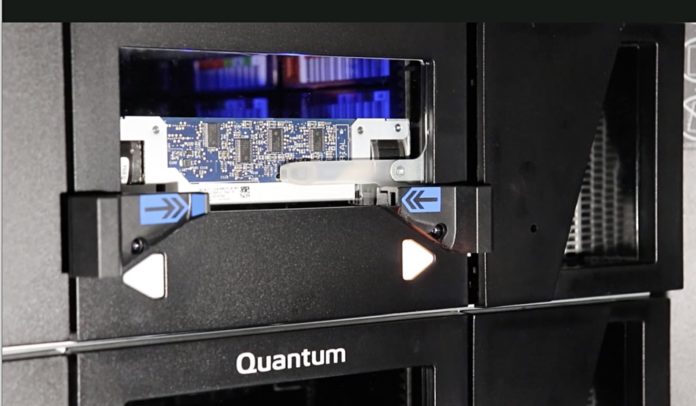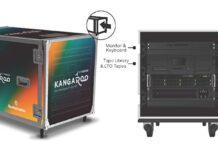Quantum CEO and president Jamie Lerner has suggested that the Linear Tape Open (LTO) consortium was not ambitious enough for tape and its standards were insufficient for hyperscalers.

The Scalar brand tape libraries is part of Quantum’s overall file life cycle management product portfolio. It has enjoyed success in the hyperscaler market for archival storage, counting all of the top five hyperscalers as customers, 17 of the top US intelligence agencies, has more than 40EB of capacity deployed globally, and 3 million-plus LTO tapes under management.
Lerner told B&F at an IT press tour meeting that “hyperscalers don’t care about standards” and that they treat tape as a “big fat disk drive… Tape is like a big slow hard drive.”
He said “the products we built for enterprise do not work in hyperscale clouds,” and products had to be redesigned for hyperscalers: “Basically we redesigned everything we know about tape for these hyperscalers.”

What the hyperscalers desire is online access to large capacity tape drives so that they have to fetch them from a tape library’s shelves less often. That means they want higher-capacity tapes and the tape library’s mechanical components to cope with high-intensity use.
Getting higher-capacity tape drives is a problem. Lerner told us the LTO roadmap is falling behind disk capacities. The industry is on the LTO-9 level, with 18TB raw tapes, yet HDD supplier Western Digital is already shipping 20TB HDD with 22TB and 26TB SMR drives announced. Seagate is sample shipping 20TB+ drives and Toshiba has 26TB drives coming.
The three suppliers’ HDD roadmaps extend out 30, 40, 50TB drives, and beyond. WD is even suggesting it could create a 50TB archive disk drive. If it proceeds with this idea, the gen 2 and 3 versions would have even larger capacities.
Lerner told us that the hyperscalers are such large buyers that they can specify hyperscaler-specific designs which deliver the requisite speeds, feeds, capacities, reliability, and power consumption. Standards such as LTO don’t matter.
The LTO roadmap won’t catch up with disk until gen 11 at up to 76TB, if that arrives within four or five years. We note that LTO stopped its capacity doubling with LTO-9, which was originally expected to have a 24TB capacity but was scaled back in September 2020. This doesn’t create confidence in its ability to deliver on its future roadmap.
How could tape capacity be driven higher? One method suggested by Lerner is to increase the tape’s tension so that it can be wound tighter and take up less space inside its cartridge. This would enable the tape length to be increased and its capacity would jump in proportion.
Another option could be to move to disk drive head technology which reads and writes data in narrower tracks than tape drives. This could be accompanied by streaming the tape across a flat bed as it passes under the head so that its motion is steadier and smoother.
Quantum is constrained by there being a single tape drive supplier: IBM. It was a pity that, looking back, Quantum stopped making its own SDLT format drives. The lack of competition in tape drive manufacturing is a bad thing and is certainly not helping Quantum.








